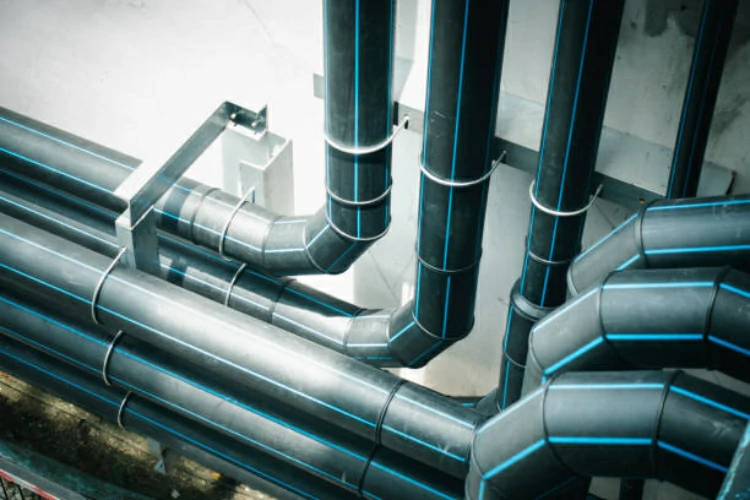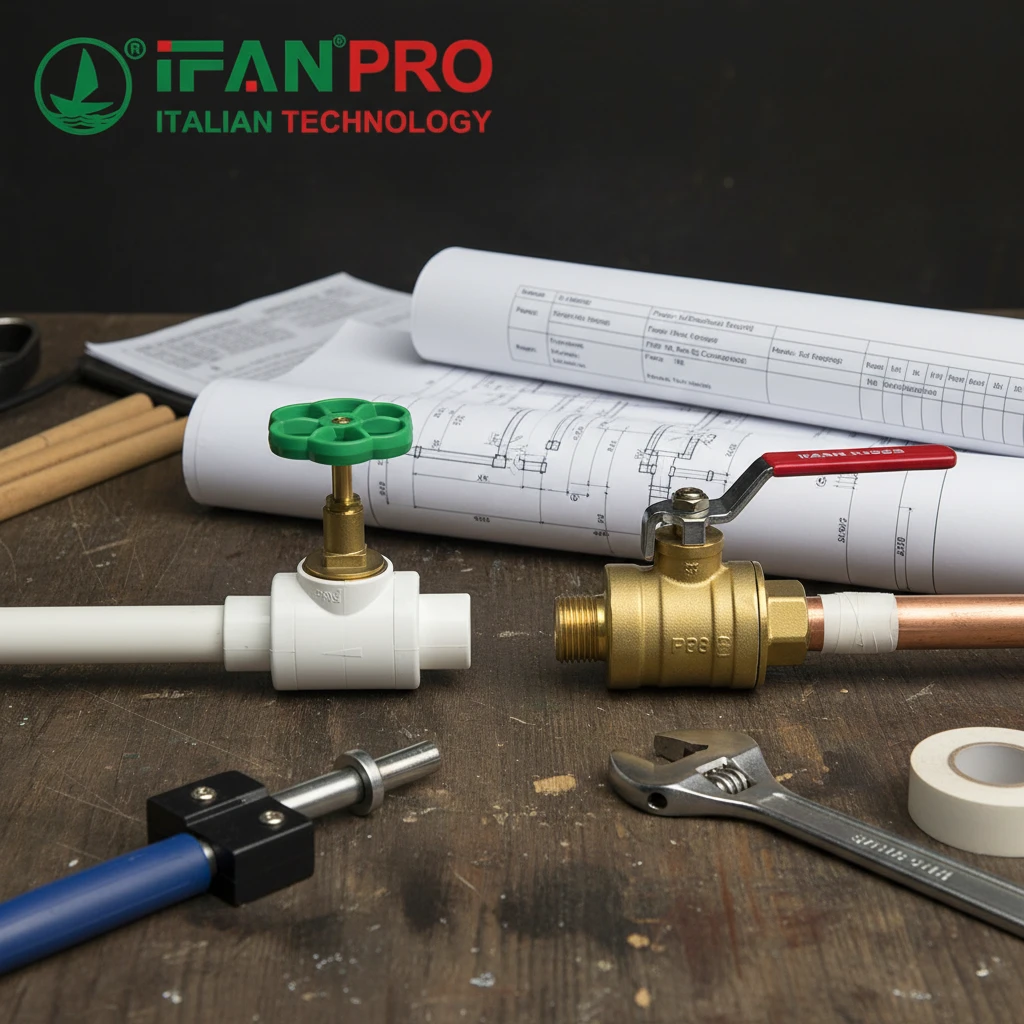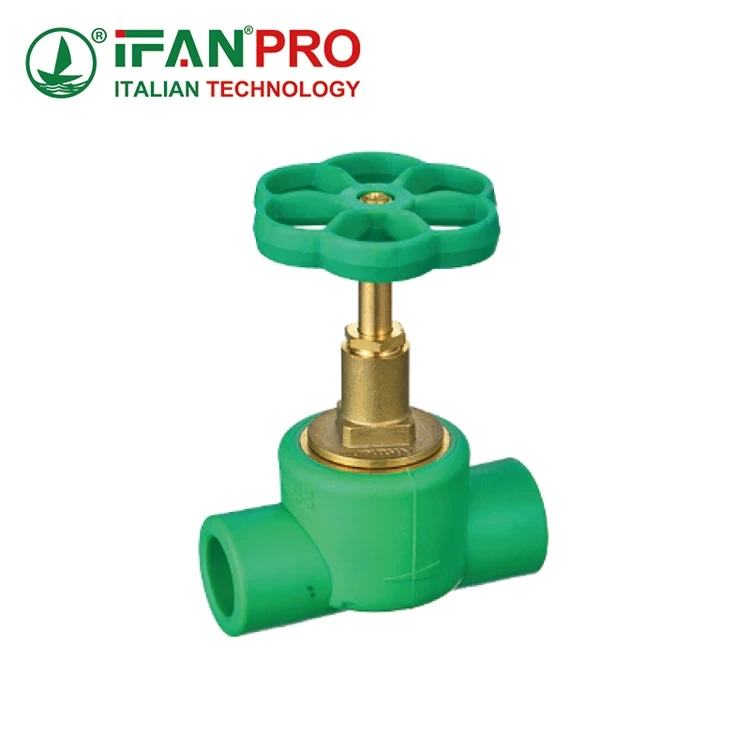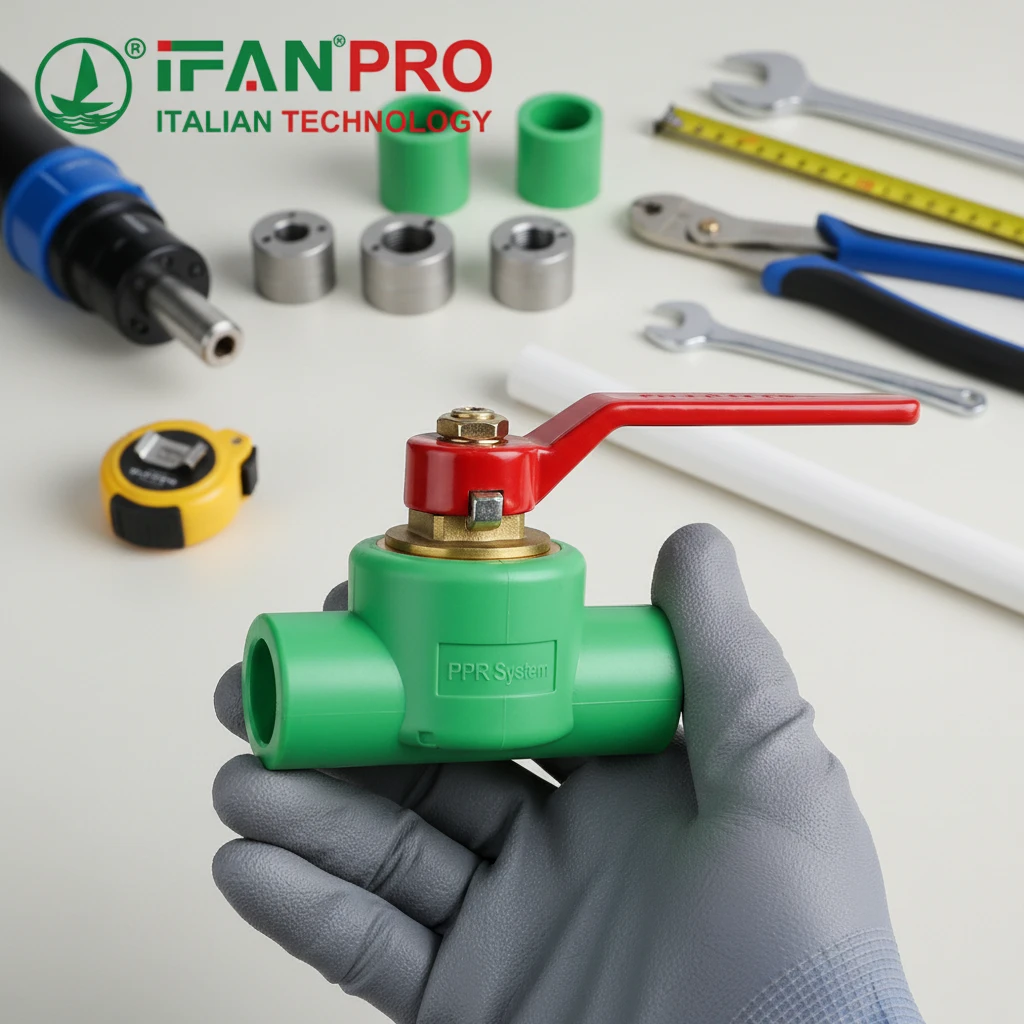Understanding PE Fittings and Their Role in Piping Systems
Introduction to PE Fittings
PE fittings, alternatively termed as Polyethylene fittings, serve as crucial components within numerous piping systems. They facilitate the connection of PE pipes, ensuring secure and leak-proof joints for a wide array of applications, including water supply, irrigation, gas distribution, and industrial processes.
Key Features of PE Fitting
PE fittings offer several distinctive features that set them apart from other pipe materials:
Flexibility and Durability
PE fittings exhibit flexibility and durability, enabling them to endure bending, impact, and environmental stresses without succumbing to cracking or breaking. This inherent flexibility renders PE fitting suitable for applications prone to ground movement or temperature variations.
Chemical Resistance
PE fitting exhibit excellent resistance to a wide range of chemicals, acids, and alkalis, making them ideal for use in corrosive environments such as chemical processing plants and wastewater treatment facilities. This chemical resistance ensures the longevity and reliability of PE fittings in harsh operating conditions.
Comparing PE Fitting with PVC and PPR Fitting
Material Composition and Properties
PE Fittings
PE fittings are made from high-density or low-density polyethylene, offering excellent strength, flexibility, and chemical resistance. It are lightweight and easy to handle, making them suitable for both above-ground and underground installations.
PVC Fittings
PVC fittings are constructed from Polyvinyl Chloride, a rigid plastic material known for its chemical resistance and affordability. While PVC fittings are lightweight and easy to install, they may become brittle over time and are susceptible to damage from UV exposure and harsh chemicals.
PPR Fittings
PPR fittings are made from Polypropylene Random Copolymer, a thermoplastic material known for its heat resistance and chemical stability. It offer good mechanical strength and are suitable for hot and cold water applications, but they may be more expensive than PE and PVC fittings.
Applications and Usage Scenarios
PE Fittings
PE fittings are commonly used in water supply, irrigation, gas distribution, and industrial piping systems. They are suitable for both above-ground and underground installations and can withstand a wide range of operating temperatures and environmental conditions.
PVC Fittings
PVC fittings are widely used in plumbing, drainage, and sewage systems due to their affordability and chemical resistance. However, PVC fittings may be less suitable for outdoor applications or environments with high temperatures, as they can become brittle and prone to cracking.
PPR Fittings
PPR fittings are commonly used in hot and cold water supply systems, as well as heating and cooling applications. They offer good chemical resistance and thermal stability, but they may be less flexible than PE fittings and require specialized tools for installation.
Installation and Maintenance Considerations
PE Fittings
PE fittings are relatively easy to install, requiring simple solvent welding or mechanical joining methods. They require minimal maintenance and are resistant to corrosion, rust, and biological growth, reducing the risk of leaks or failures over time.
PVC Fittings
PVC fittings are easy to install using solvent cement or threaded connections, but they may require additional support or protection in outdoor installations to prevent damage from UV exposure or temperature fluctuations. Regular inspection and maintenance are essential to prevent deterioration and ensure the longevity of PVC fittings.
PPR Fittings
PPR fittings require heat fusion welding for installation, which may require specialized equipment and training. While PPR fittings offer good chemical resistance and durability, they may be more susceptible to damage from high temperatures or mechanical stress, requiring careful handling and installation.
Conclusion
In conclusion, PE fittings offer several advantages compared to PVC and PPR fittings, including flexibility, durability, and chemical resistance. While each type of fitting has its own unique properties and applications, PE fitting are well-suited for a wide range of piping systems due to their versatility, reliability, and ease of installation. By understanding the differences between PE, PVC, and PPR fitting, industries can make informed decisions when selecting fitting for their specific needs, ensuring optimal performance and longevity in piping systems.
IFAN is a Chinese manufacturer of plastic pipes, fittings and valves with 30 years of experience. If you are interested in IFAN copper fittings, copper valves, plastic pipes and fittings, please contact us. IFAN offers you a variety of standard pipes to meet your specific needs. Click below to learn more about IFAN’s wide range of affordable and cost-effective valve products and piping system related products.
We will reply your email or fax within 24 hours.
You can call us at any time if there is any question on our production.
For more information,pls visit our webside https://ifanpro.com/
Pls Mailto: [email protected]
Whatsapp: + 86 19857948982














Recent Comments